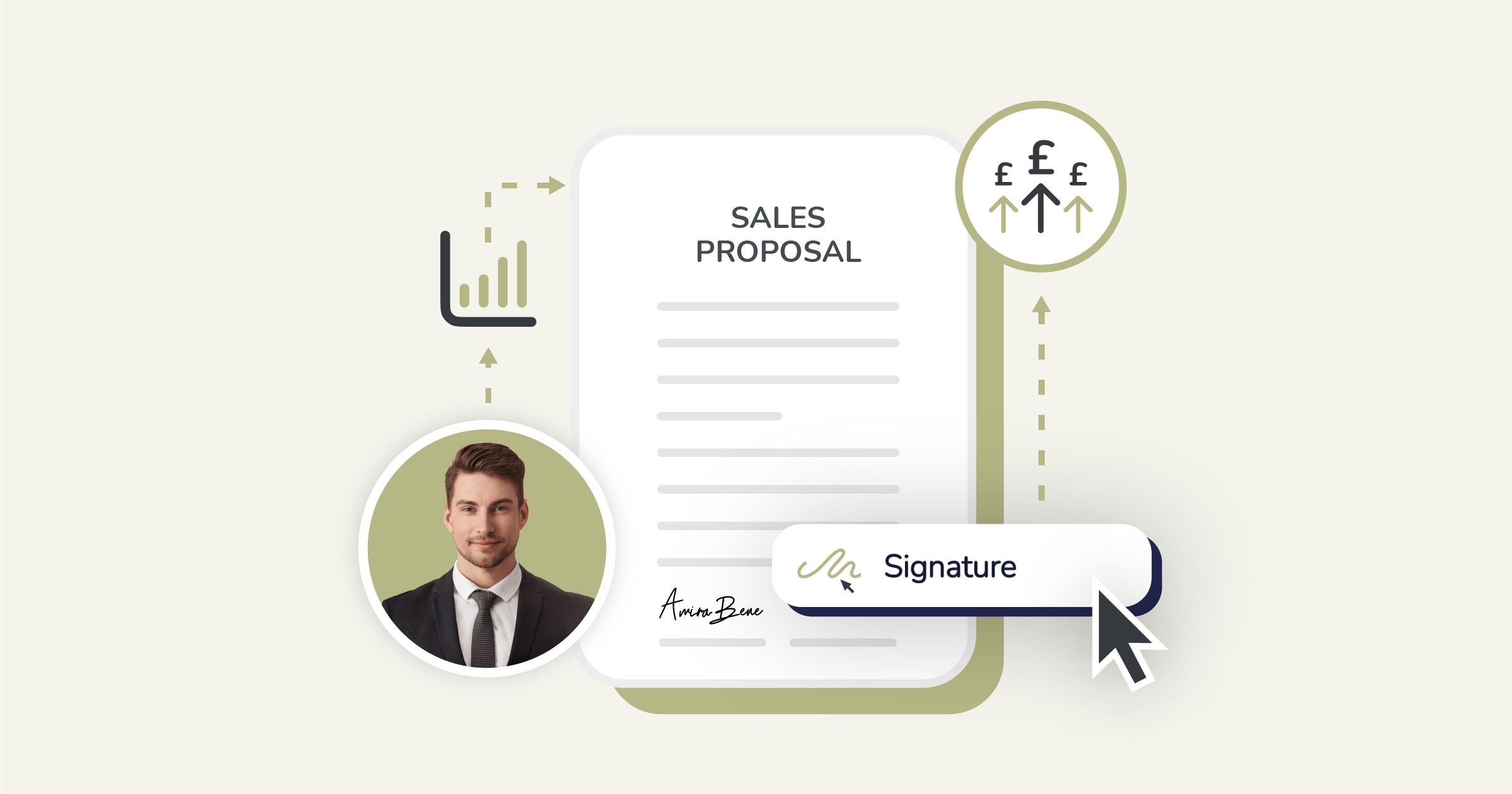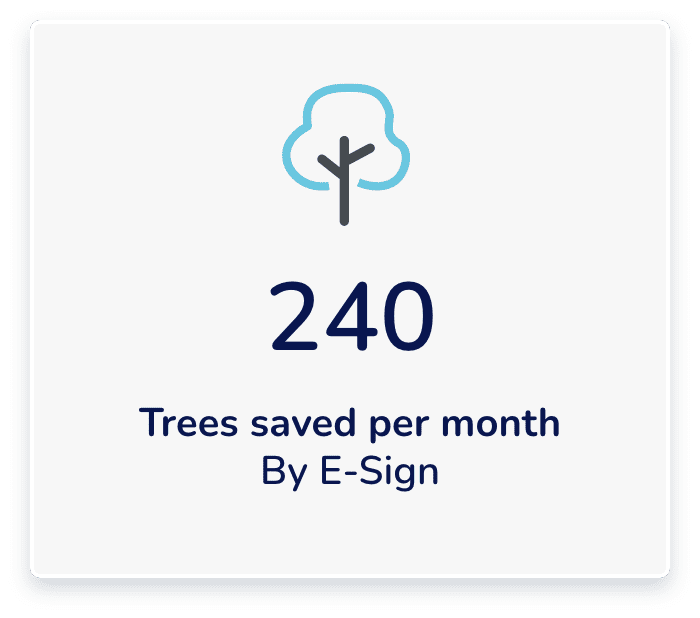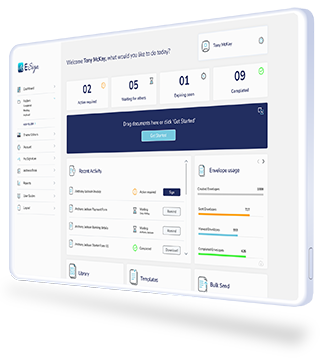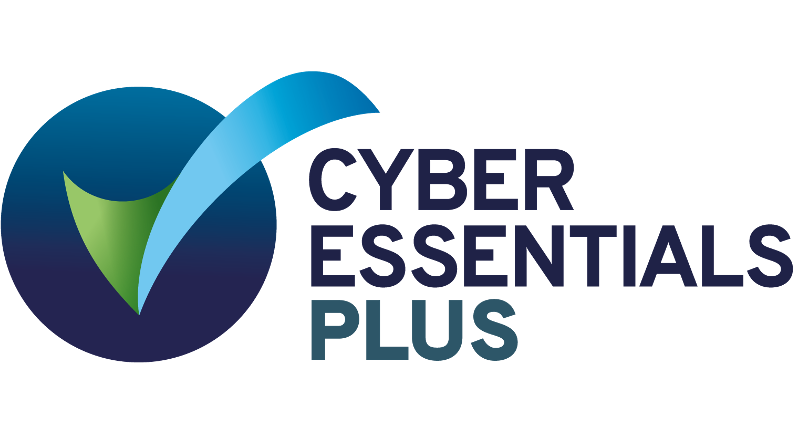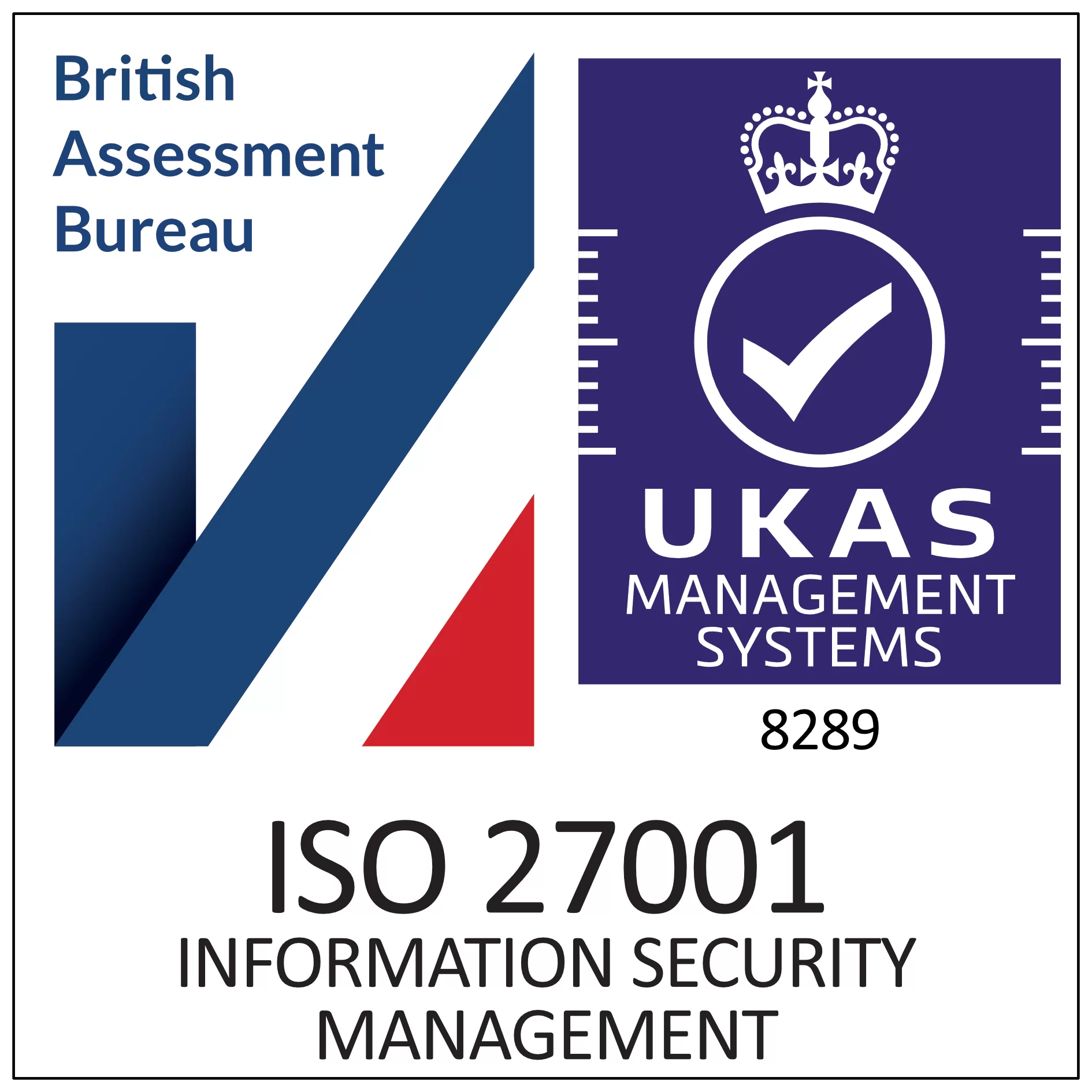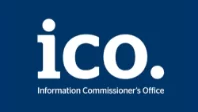Home | News & Insights |
How to Write a Graphic Design Contract
27th March, 2025
Laura Cain
Marketing & Brand Manager
As a freelance graphic designer or small business, sending detailed, professional contracts for work is essential. Not only will it ensure that the terms of the work are clearly outlined for both parties. But it will also boost your reputation as a graphic design contractor.
Before you start any graphic design project, you should have a contract that has been read and signed by both you and the client.
In this guide, we’ll be explaining how to write a graphic design contract, including the main elements it should have, to help you save time and establish a positive working relationship with clients.
What is a graphic design contract?
A graphic design contract is a legally binding document between a contractor and a client that details the scope of the project and other important details, which we’ll explore later. Once both parties have signed it, they have agreed to the offer and accepted the terms and conditions it sets out.
It’s important that you wait for the signed contract to be returned before you start any work. By doing so, you can collaborate with your client confidently, with a mutual understanding of timeline, cost, and deliverables.
Download our free graphic design contract template
Why do you need a graphic design contract?
Contracts might seem like a formal document that you may not feel is necessary as a freelance designer. However, there are several compelling reasons why you should utilise graphic design contracts before carrying out any work.
It ensures you receive payment for the project
Even if, in most cases, you work with reliable clients who pay on time once work has been completed. There is likely to be someone who avoids payment as much as possible. They potentially could make a partial payment and then try to claim the work isn’t up to their standard. Maybe they agree to make payment and suddenly disappear once they have the files, or eventually make the payment long after it’s due.
Having a contract in place for all new clients will allow you to lay out your payment details, a payment schedule, and any other terms, such as late fees. This will work as a crucial incentive for clients to pay on time.
It manages expectations
For graphic design projects, a contract provides structure and ensures that the expectations of both parties are managed, especially the clients. This avoids any misunderstandings when it comes to factors like how many previews the client will receive and how many revisions they can make.
It’s important to consider these details and include them in your contract to avoid a client requesting a full redo after the final project has been delivered. Planning and protecting your time in advance is key in establishing a long-lasting working model for your freelance design business and not letting expectations escalate to an unmanageable level.
It avoids scope creep
Scope creep is when your clients start asking for tasks to be completed outside the agreed-upon terms without paying you anything additional for the extra work. Initially, this may start as a small request that falls outside of the original scope, such as asking for an extra round of revisions or including another page to a document that you are designing.
For small requests, you may be tempted to say yes, but the situation can quickly evolve into several time-consuming tasks that stretch far beyond the original agreement. A clear and concise contract is an effective way to avoid scope creep so that the project doesn’t become bigger than you quoted and take up so much time that it affects other parts of your workload.
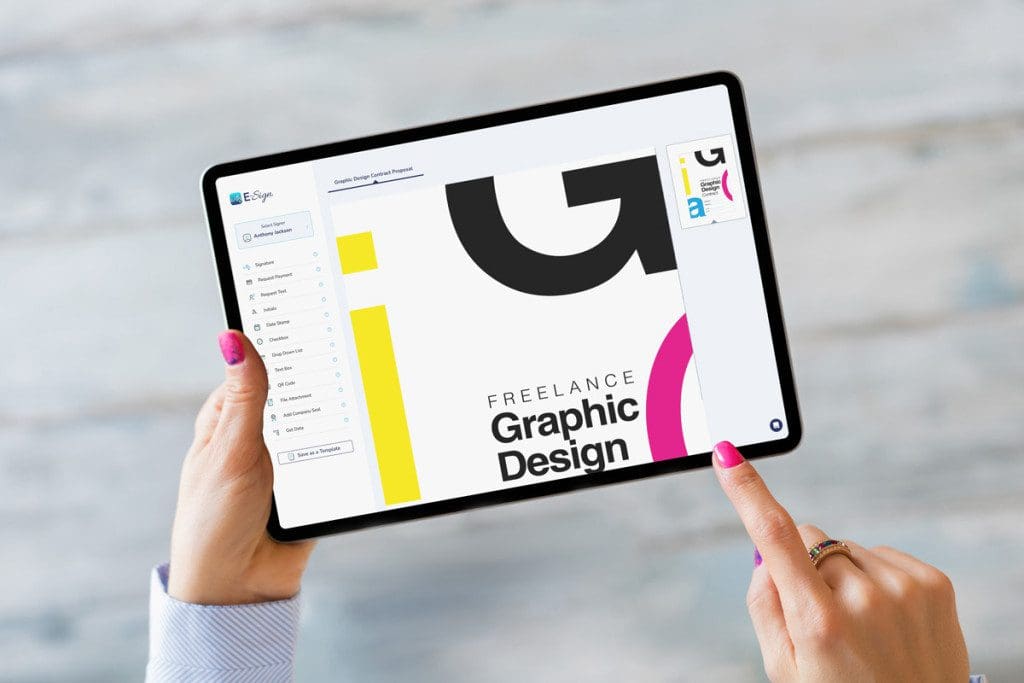
What should be included in a graphic design contract?
Several important elements should make up your graphic design contract. These include but are not limited to the below:
An overview of the project
You will find a general overview at the beginning of most contracts, and a graphic design contract document should be no different. This will likely include a summary of the project, covering the basic information. You might want to use details from your initial design proposal to customise the contract and flesh it out.
Deliverables
The deliverables section of your contract should break down exactly what the client will be receiving as part of the project. You may want to include specifications for assets, such as information regarding the size, format, and delivery method.
Another key part of this section is the timeline with the provision of expected dates for delivery of the work. If it is a large-scale project, this could involve smaller milestone dates before final completion. You might also want to add a clause that specifies how you will manage additional requests to avoid scope creep.
Revision details
If you intend to include revisions in the project, you will want to consider how many the client can have and the extent to which they can amend the work. For example, will you make small tweaks, or are you willing to start the project again if the client isn’t happy with what you have created? Generally, most graphic design contracts will feature three rounds of revisions, but you can decide what works best for you.
Payment terms
The payment terms are one of the most important parts of the contract as it will establish how you are to be paid, what the payment schedule will be, when the final payment is due, etc. You will likely want to include the following information in the payment section of your contract:
- Accepted payment methods (e.g., credit card, bank transfer)
- The total project price
- If a deposit is required
- Payment schedule (if not all at once)
- Invoicing process
- Late fees
This may seem like a lot of details, but it will ultimately help to ensure there is no confusion regarding payment for your work, especially if, in the worst-case scenario, you must take the matter legal if you have not been paid in line with the contract.
Termination
A termination clause is essential if you are required to stop working on a project for any reason. It’s a good idea to include a notice period and possibly some form of liability clause. A liability clause will limit the amount of damages either party can claim for a contract breach.
Section for date and signature
The contract won’t be legally binding until you and your client have signed it, so it’s important to have a dedicated section of your document for an e-signature and date. Always wait until you have received the signed contract before you start the project, or you risk working unprotected should anything go wrong.
Top tips for writing a graphic design contract
Be clear on your terms
If you have a specific way of working which is consistent across every project you undertake, such as payment expectations, it’s important to clearly convey that in the contract so your client knows how and when to pay you.
Utilise contract templates
As an E-Sign user, you can access free pre-built templates, including our graphic design contract template. This will provide a useful framework that will save you time when sending out multiple contracts to clients. You also have the option to upload your own template to E-Sign for consistent, ongoing use.
Accurately tailor contracts to each project
Accuracy is essential when creating contracts. If the client notices errors or incorrect information relating to their project, it could impact your relationship with them and your professional reputation.
Using templates is beneficial in multiple ways, but it’s still important to make sure that each contract is correct and relevant to the recipient it is being sent to. Our templates are easy to edit, with a broad selection of optional fields to ensure the document can meet your needs.
Avoid overcomplication
Having a contract in place is essential for any freelancer or small business. However, this doesn’t need to be an extremely long or complex document as this might deter potential clients. You can strike the right balance between laying out the important details and keeping the content simple.
Determine your rates
One of the most important aspects of your graphic design contract is setting clear and fair pricing. Your rates should reflect your skills, experience, project complexity, and market demand. Research industry reports, freelancer platforms, or sites like Upwork to gauge standard rates. Be sure to choose the right option for you when considering hourly or flat-rate pricing.
Hourly rates are typically best for projects with undefined scopes or ongoing work. To set an hourly rate, consider industry standards, your experience level, and your desired income. Flat-rate pricing is ideal for well-defined projects, ensuring both you and the client know the total cost upfront. Be sure to account for revisions and potential scope creep.
Retain rights to showcase your work
A well-written graphic design contract doesn’t just protect your payment and project scope—it also ensures you can share your work to attract future clients. Retaining promotional intellectual property rights allows you to display completed projects in your portfolio, which is crucial for growing your business.
Protecting yourself with contract termination and kill fees
Even the best-planned projects don’t always go as expected. Clients may change their minds, budgets might shift, or priorities could evolve. That’s why your graphic designer contract should include a termination clause and a kill fee to ensure you’re fairly compensated if a project is cancelled.
Your contract should clearly state:
- Who can terminate the contract (either party or just the client)
- How much notice is required (e.g., 7, 14, or 30 days)
- How termination must be communicated (e.g., in writing via email)
A kill fee ensures you’re paid for the time and effort already invested. Common kill fee structures include a flat-rate kill fee (e.g., 30–50% of the total project fee), milestone-based payments, or hourly billing for work done up to termination. Your contract should specify that the kill fee is non-refundable and due upon termination.
If a client pushes back on a kill fee, frame it as a mutual protection—it ensures the client isn’t overcharged while also ensuring you’re paid for your time.
Conclusion
As a leading electronic signature and digital document solution provider, E-Sign understands the requirements of freelancers and small businesses for their document needs. If you’re looking to optimise your contract and proposal document processes, our e-signature platform is the ideal option to save you time and maximise efficiency in your graphic design business.
Experience the benefits of E-Sign for yourself by registering for our 14-day free trial. This will give you access to five pre-built templates, including our graphic design contract template. Once your trial has ended, you can select one of our pricing plans based on your requirements. For more information about how the platform can meet your specific needs, contact our team today.
Frequently asked questions
Do I really need a contract for every design project?
Yes! A contract protects both you and the client by clearly outlining expectations, payment terms, deliverables, and legal rights. Even for small projects, a simple agreement can prevent miscommunication and disputes.
How should I price my design work in a contract?
You can charge hourly or flat-rate. If you’re unsure, research industry rates and calculate your costs, including time, expenses, and taxes. Always include a clause for extra work beyond the agreed scope to prevent undercharging.
What happens if a client doesn’t pay me?
Your contract should:
- Require an upfront deposit (30–50%) before starting.
- Include late payment fees or interest.
- Specify that work cannot be used until full payment is made.
- Allow for legal action or collections if necessary.
Can I include my work in my portfolio after the project is complete?
Yes, but clarify this in your contract. Some clients may expect full ownership, so include a portfolio rights clause that lets you showcase the work for self-promotion.
Where can I find a free graphic design contract template?
Right here at E-Sign! We provide a detailed library of document templates, including a graphic design contract template.


